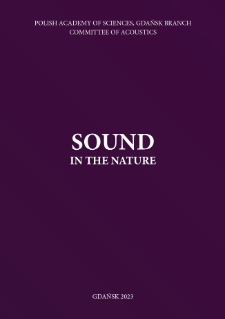Abstract
The growth of marine biofouling on ship hulls, and chronic in-fections in wounds, have a common foundation in the initial growth of bacterial biofilms over the surface. Biofilms are communities of bacteria that form living ‘aggregates’ that are far more resistant to removal (by chemicals, antibiotics, or mechanical scrubbing) than single (planktonic) bacteria. As it matures, the biofilm forms the foundation in which other species can grow, leading to marine bio-fouling on ship hulls, and chronic infections in human and animal wounds. The existence of chronic wounds in humans shows that current treatments are not wholly effective (the estimated cost of healthcare services in the UK for chronic wounds alone was £5.6 billion in 2017/18). The toxicity of antifoul for hulls, and the effort required to mechanically remove marine biofoulant, has led to the development of through-hull ultrasonic deterrents to reduce bio-fouling growth, but variable performance has stopped widespread adoption. This report introduces new technology that has combined air, sound, and saltwater, to reduce the growth of marine biofouling on hull materials, and removed biofilm from wounded skin, and even promoted skin regrowth over the wounds.
Go to publication
